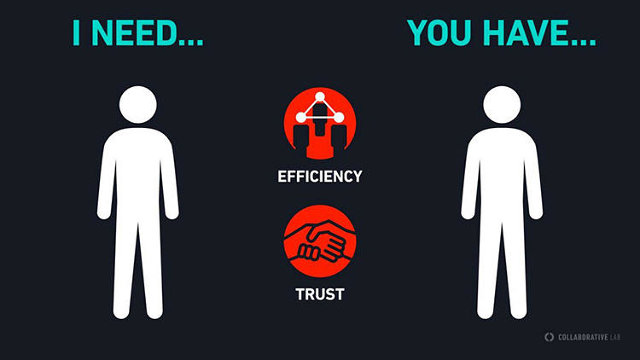Shared economy has been a buzzword over recent years, empowered by the thriving technological advancements in big data and cloud computing. From mobility industry (Uber, Didi, Ola, etc.) to hospitality industry (Airbnb and Couchsurfing), almost all major industries are being disrupted by the innovative digital business models. (Wallenstein and Shelat 2017) With the emergence of AI and IoT technologies, more profound disruptions can be foreseen that will completely change the industry competitive landscape.
The innovations with shared economy sound very exciting. However, more and more problems are starting to appear. Earlier this year, Didi, the biggest carpooling service who won over Uber in China has been wired with a fatal scandal related with its hitchhike service. A passenger who used the hitchhike service was found dead after being raped by the driver. Although the driver was arrested eventually, this tragedy has alarmed people in the country and they begin to rethink the operating mechanism of Didi’s carpooling service. (En.people.cn., 2018)
Shared economy is built upon trust. On the foundation of trust, people are able to better utilize resources and reach maximum efficiency in society. With the rapid technological advancements, and the enormous convenience that is brought by shared economy, we tend to focus solely on maximizing efficiency, and forget how to ensure the trust mechanism.
The field under discussion is completely new and loosely regulated. There are many unresolved questions left behind for us to ponder over. For example, when accidents occur, who is there to be blamed? Is it only the driver’s fault, or the platform’s fault? To what extent should the platform take the burden, and how can the government better regulate the online carpooling market? Is it possible to better incorporate technologies to identify potential mischievous users by analyzing their past data? I look forward to the solution to these questions and comments are very much welcomed.
Reference
Wallenstein, J. and Shelat, U. (2018). What’s Next for the Sharing Economy?. [online] https://www.bcg.com. Available at: https://www.bcg.com/en-nl/publications/2017/strategy-technology-digital-whats-next-for-sharing-economy.aspx [Accessed 11 Oct. 2018].
En.people.cn. (2018). Didi’s fatal scandal leads to rethink of carpooling service – People’s Daily Online. [online] Available at: http://en.people.cn/n3/2018/0518/c90000-9461607.html [Accessed 11 Oct. 2018].


